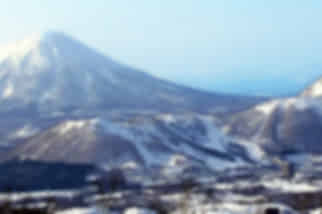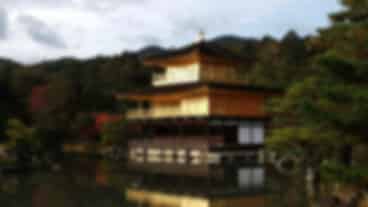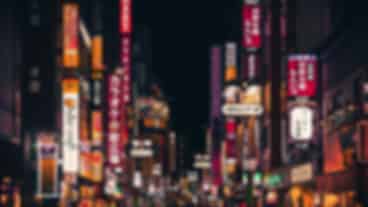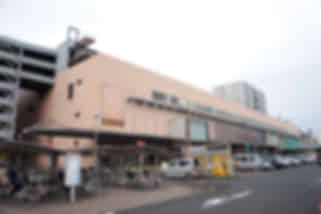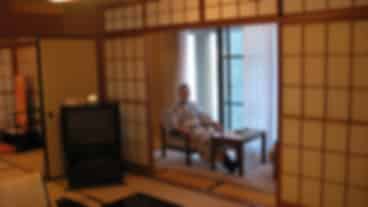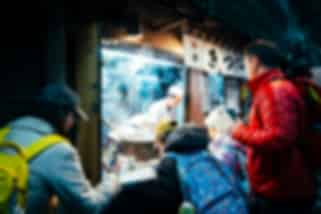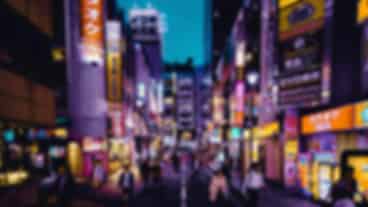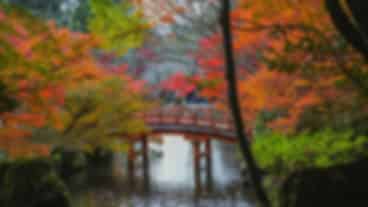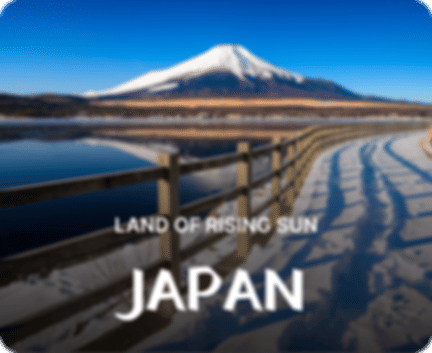Japan: An Ultimate Guide to a Lovely Trip!
Author
Akshaya Manoharan
Updated Date
January 2, 2024
Read
4 minutes
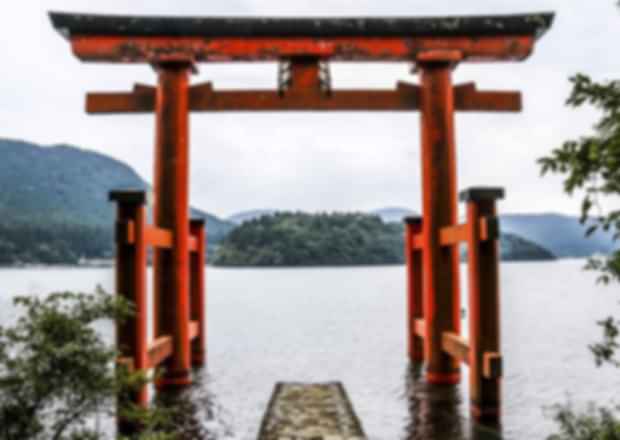
Japan in February is the last month of winter. Nothing but love and joy are present in the city. Japan tourism attracts millions of people across the world every year. After visiting Japan, you can only depart physically because your spirit stays behind. The nation represents both contemporary and historically-rooted modern love. Japan tour packages offer a convenient and affordable way to experience the best of Japan. The following are some important considerations if you’re thinking about visiting Japan in February.
Weather in Japan in February 2024
February is still winter in Japan, and temperatures can be quite low, especially in northern regions like Hokkaido. It’s a good idea to dress warmly and bring appropriate gear if you’re planning to be outside for long periods of time.
| City | Average High (°C) | Average Low (°C) |
| Tokyo | 10 | 3 |
| Kyoto | 10 | 1 |
| Osaka | 11 | 2 |
| Sapporo | -1 | -7 |
| Hiroshima | 11 | 3 |
Festivals and events in Japan in February
- Sapporo Snow Festival: This is one of Japan’s largest winter festivals, held in Sapporo city on the northern island of Hokkaido. It features giant snow and ice sculptures, food stalls, and various winter activities. The festival usually takes place for one week in early February.
- Katsuura Big Hina Matsuri: This is a traditional doll festival held in Katsuura City in Chiba prefecture. The festival features hundreds of ornamental dolls, and visitors can also enjoy traditional food and performances. The festival usually takes place from late January to early March.
- Yokote Kamakura Snow Festival: This festival takes place in Yokote City in Akita prefecture and features small snow huts called “kamakura” that are illuminated from within. Visitors can enter the huts and enjoy traditional snacks and drinks. The festival usually takes place on February 15th and 16th.
- Setsubun Festival: This is a traditional festival held on February 3rd to mark the beginning of spring in the lunar calendar. It involves the throwing of roasted soybeans to ward off evil spirits, as well as other rituals and performances. Setsubun festivals take place at various temples and shrines throughout Japan.
- Plum blossom festivals: While cherry blossom season doesn’t start until late March or early April, February is the season for plum blossoms. There are many plum blossom festivals held throughout Japan, such as the one at Mito Kairakuen Park in Ibaraki prefecture.
Average Expense for a trip to Japan in February
| Expense | Approximate Cost (INR) |
| Accommodation | 3,500-6,000 per night |
| Food | 1,500-2,500 per day |
| Transportation | 2,000-3,500 per day |
| Attractions | 1,500-3,000 per day |
| Pocket Wi-Fi | 500-1,500 per day |
Overall, February is a great time to visit Japan if you enjoy winter sports and festivals, as well as beautiful winter scenery. Just be prepared for cold weather and check the weather forecast before you go.
Frequently Asked Questions
A: Temperatures in Japan in February typically range from 0°C to 10°C (32°F to 50°F). It varies by region, so be prepared for colder weather, especially in northern areas.
A: Yes, there are several notable events in February, including the Sapporo Snow Festival, which features intricate ice sculptures, Setsubun celebrations marking the end of winter, and various plum blossom festivals across the country.
A: Yes, February is a great time to enjoy hot pot dishes like nabe as well as seasonal delicacies like grilled fish, mochi, and various soups that will keep you warm during the cold weather.
A: Popular destinations during this time include Hokkaido for winter festivals, Tokyo for city life and cultural experiences, Kyoto for historic temples and shrines, and Nagano for skiing.
A: While English signage is becoming more common in tourist areas, knowing a few basic Japanese phrases can come in handy. Politeness and gestures frequently bridge language barriers, and locals appreciate any effort to speak their language.
Recommended articles for you
Discover Packages


Need help in planning?
Talk to our Travel Experts



